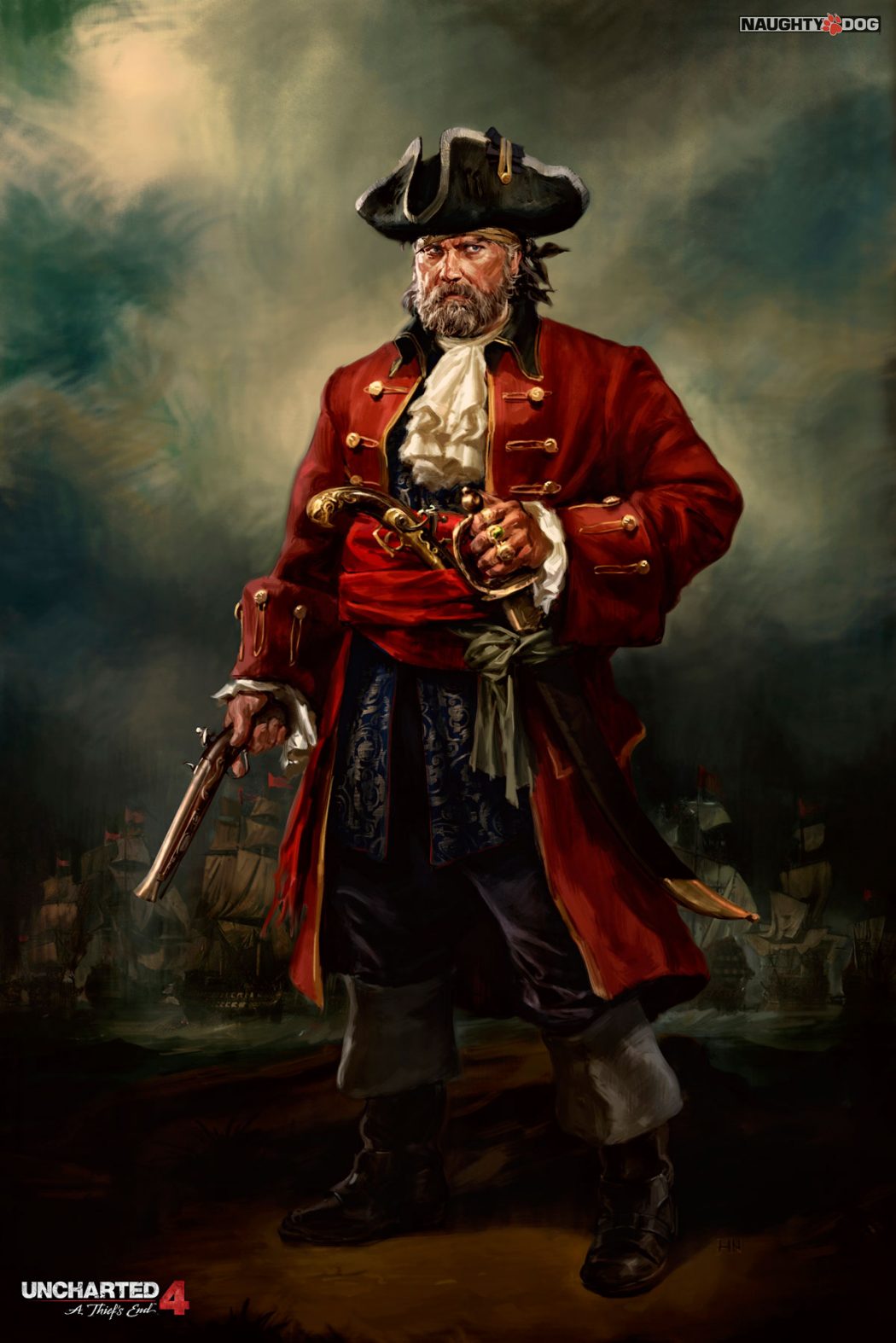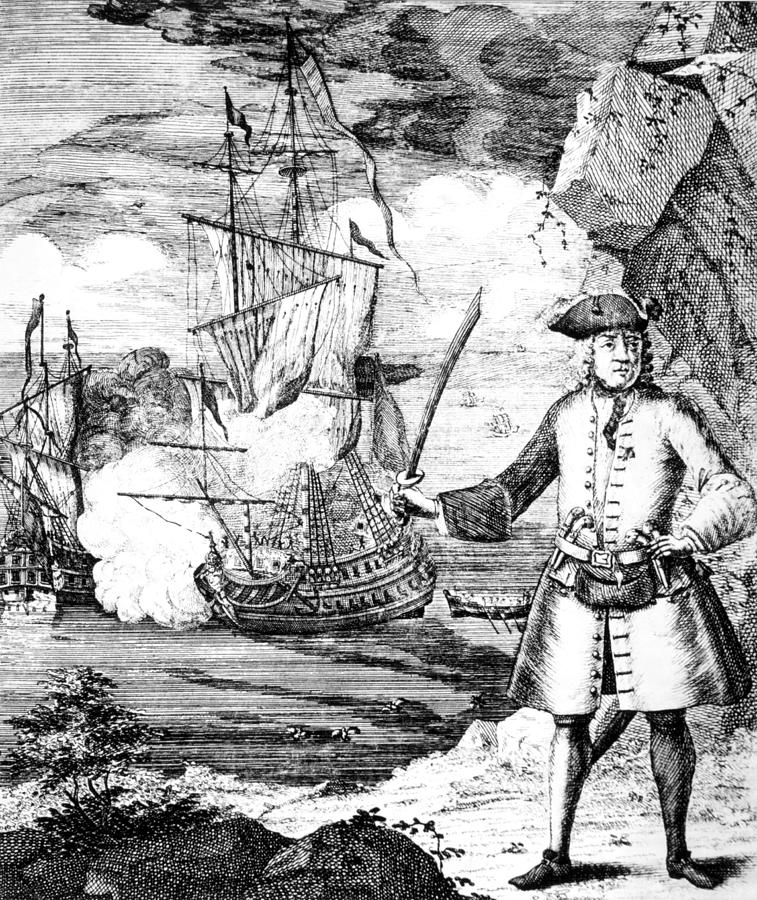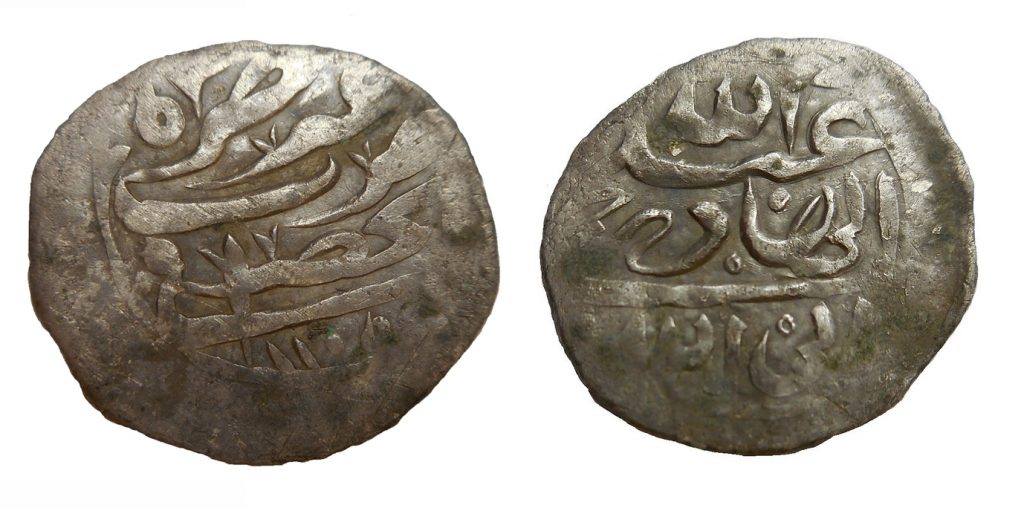
A detective uncovers the previously unknown fate of one of the most brutal pirates in history
Categories: Minting - Numismatics , Finds and rescue research abroad , Nálezy nejenom s detektorem kovů v USA, severní a jižní Americe
In 2014, amateur historian and detectorist Jim Bailey discovered a set of ancient Arabic coins in an orchard on the American island of Rhode Island. Since then, 15 more of these coins have been found in the US. Investigations have shown that they all came from the loot of Captain Avery, once the world's most wanted criminal of the late 17th century. The finds and Bailey's theories helped shed light on how and where the murderous pirate disappeared.
The oldest coins found in North America reveal the previously unknown story of English pirate Henry Every, also known as John Evory or Long Ben. He came to public attention in 1695 when he and four other ships raided and robbed a wealthy Indian pilgrimageon their way back to India from Mecca aboard the Ganj-i-Sawai, owned by one of the richest men in the world, the Mughal emperor Aurangzeb. The crew and male passengers were first tortured and then murdered by the pirates, the women were raped and then fled to the Bahamas with tens of millions of dollars worth of gold and silver coins. A fortune unimaginable at the time...
They instantly became the world's most wanted pirates. Even King William III of England of Orange put a fabulous bounty on their heads. Everyone was looking for any clue, even the slightest. But to no avail. The last information came from Ireland, where the criminals were proven to be at anchor, but after that, it was as if the pirates had been wiped off the face of the earth. Bailey's discovery is proof that they eventually landed on the shores of the United States.
Recently discovered records show that the crew posed as slavers - even going so far as to retrievebought forty slaves in the French colonies to provide the perfect cover before they reached their final destination in Newport in 1696. In this way, one of the world's most brutal pirates, with his then burgeoning new profession, was able to hide from the authorities to perfection. "We have extensive primary source documentation that suggests the American colonies were the home base for the pirates' rogue operations," Bailey said.
"It appears that the men of the pirate crew were able to establish themselves in New England and fully integrate into society." said Sarah Sportman, a state archaeologist in Connecticut, where one of the coins was found in 2018 during an archaeological survey of a 17th century farm. "It (the slave trade) looks like a money-laundering scheme," she added.
Experts are now examining the coins and their history. So far, they have confirmed that the coins were minted in Yemen in 1693. Since their first discovery in 2014, 15 more have been found - all of the same mintage. So the evidence suggests that Bailey's theory is correct. An amateur with a metal detector may have solved one of the world's most famous mysteries!
"For me, it's always been about the thrill of the search, not the money," Bailey said. "The only thing better than finding treasure is the long-lost stories behind it..."
Roman Nemec
 Henry Avery - aka John Avery aka Long Ben
Henry Avery - aka John Avery aka Long Ben
 Henry Every and his ship Fancy
Henry Every and his ship Fancy
 One of the coins in Mr Bailey's cargo
One of the coins in Mr Bailey's cargo
Sources: rpm.org, numismatics.org, news.artnet.com
The article is included in categories:








